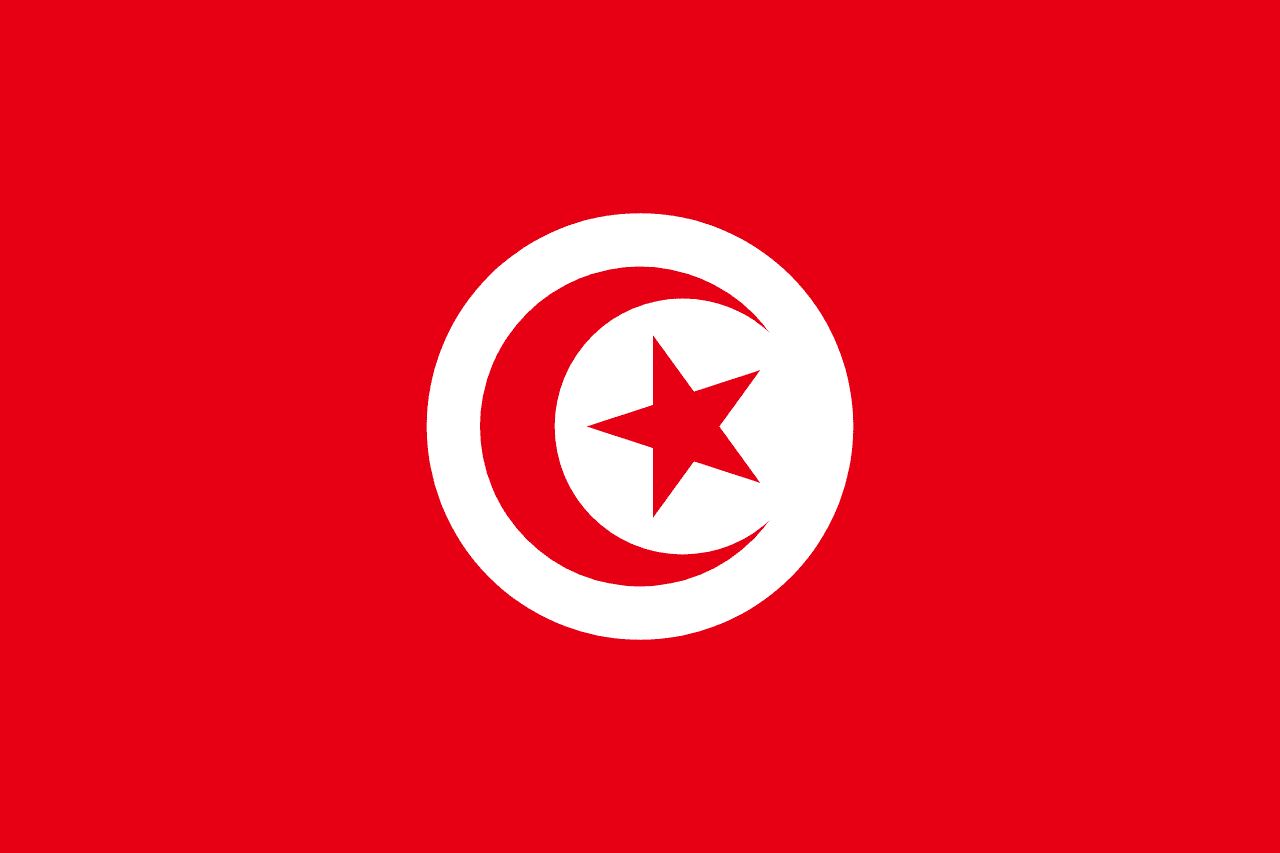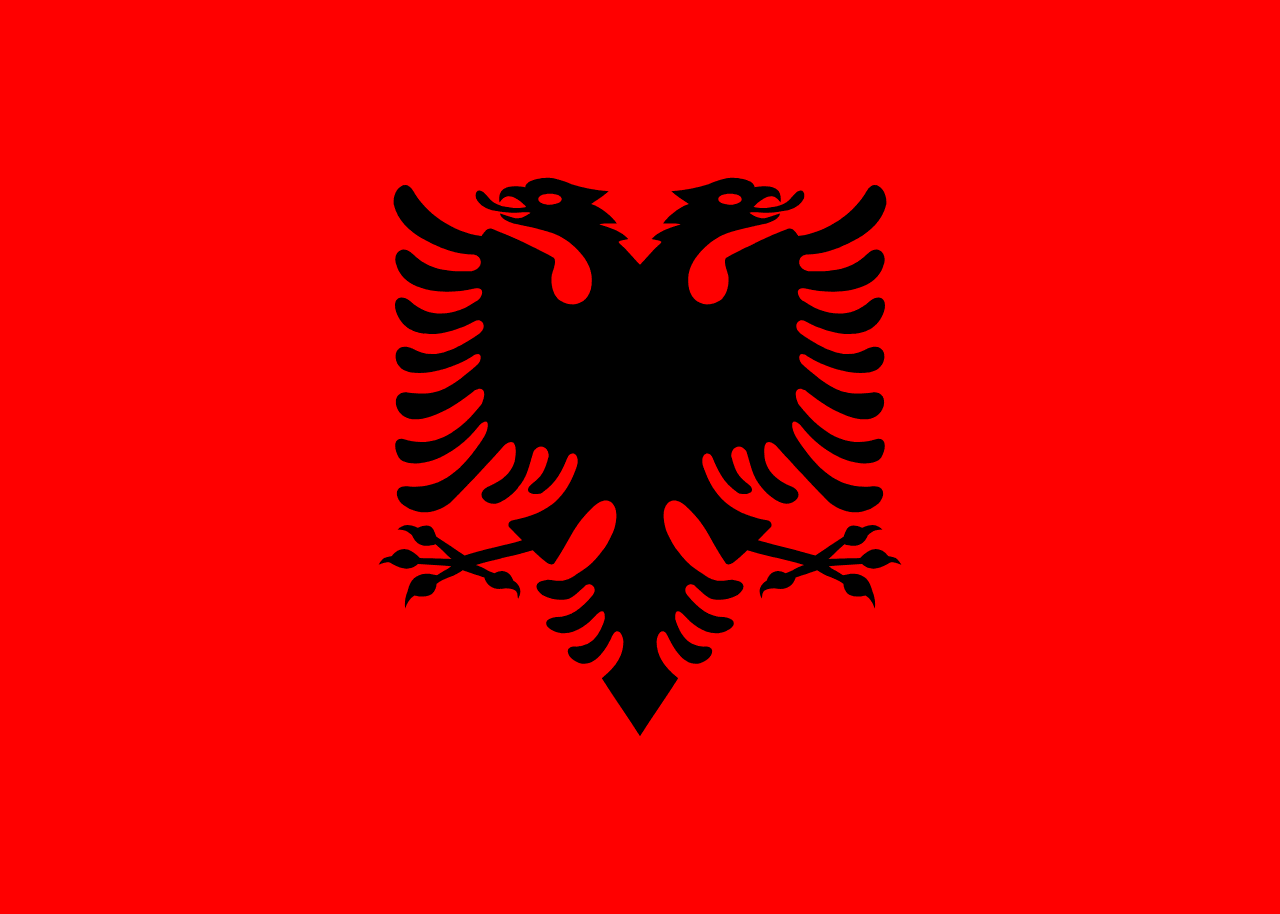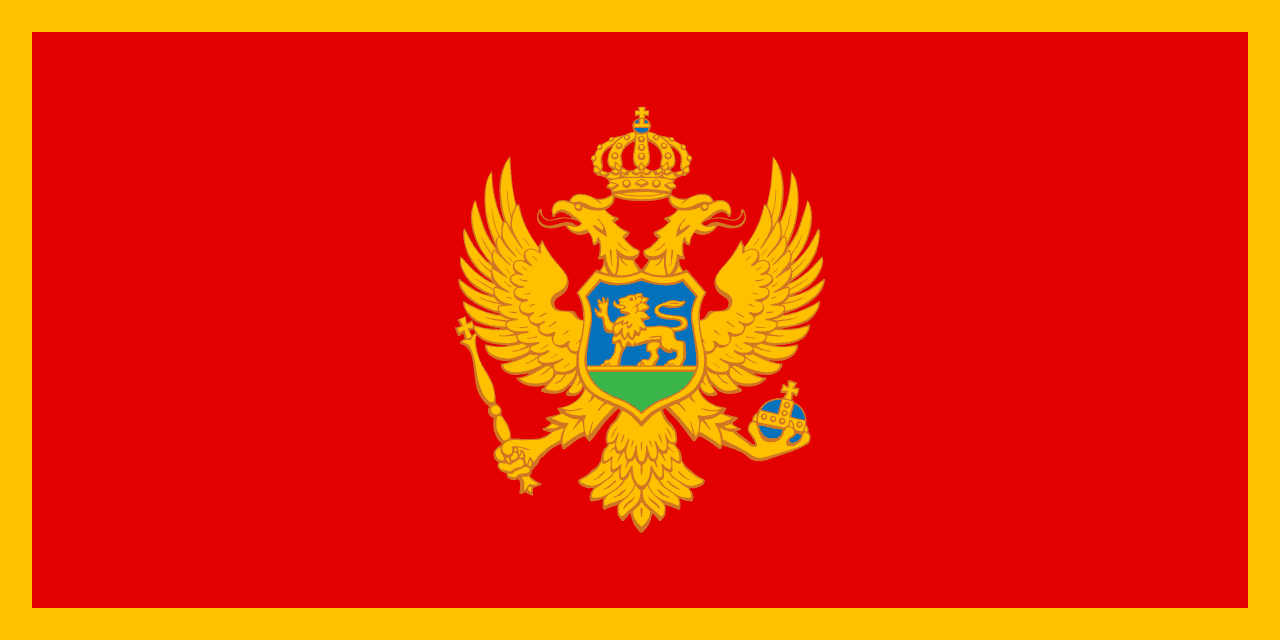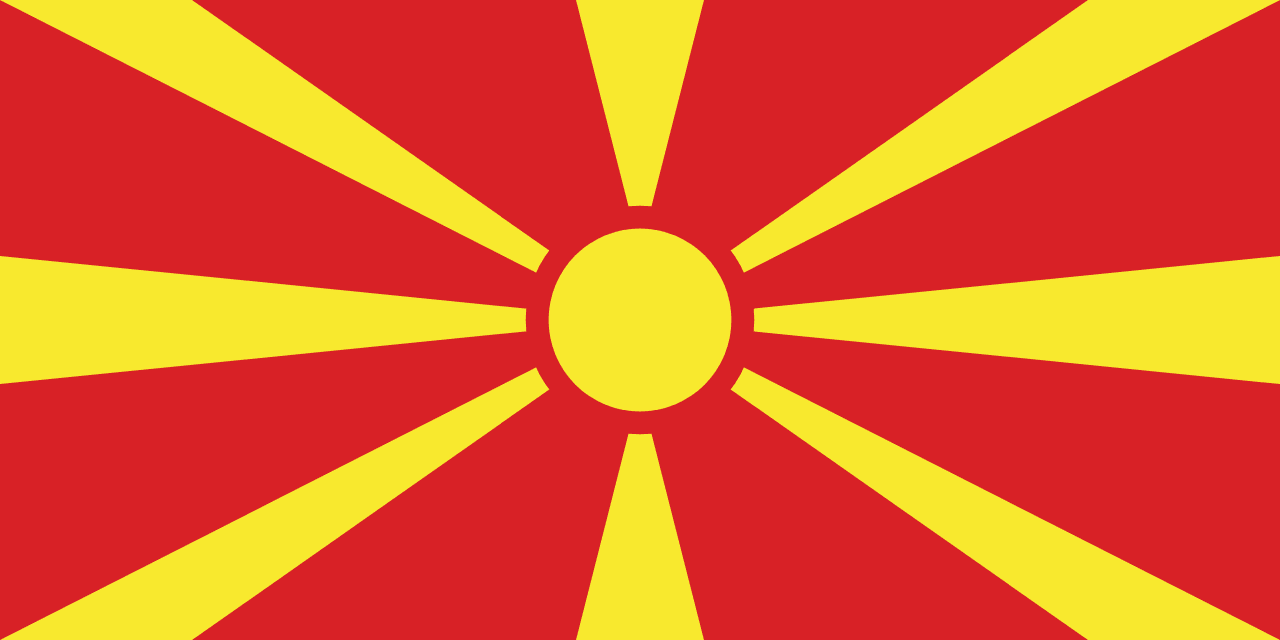Malta Flag Meaning
Two vertical stripes of white and red with the George Cross in the upper left corner, representing Malta's courage during World War II and its historical significance in the Mediterranean.
- Continent
- Europe
- Adopted
- 1964
- Ratio
- 2:3
- Colors
- white, red

Symbolism
White Stripe: Represents peace, purity, and the bright Mediterranean light that illuminates Malta. Also symbolizes the hope and resilience of the Maltese people throughout their turbulent history.
Red Stripe: Symbolizes the blood shed by the Maltese people in defense of their homeland, particularly during the Great Siege of 1565 and the heroic resistance during World War II.
George Cross: Awarded to Malta by King George VI in 1942 for the exceptional courage and fortitude displayed by the Maltese people during the Siege of Malta in World War II, making Malta the most decorated territory in the British Empire.
Vertical Division: The simple vertical bicolor reflects Malta's position between different civilizations and its role as a bridge between Europe and Africa, East and West in the Mediterranean.
Historical Continuity: The white and red colors trace back to medieval times and connect modern Malta to its heritage as the home of the Knights of Saint John (Knights of Malta).
History
- Medieval Period: The white and red colors appeared in various forms during Malta's medieval period, including in the heraldry associated with the islands' strategic importance in Mediterranean trade.
- 1530-1798: Under the Knights of Saint John (Knights of Malta), various banners and standards used red and white, establishing these colors as associated with Maltese identity.
- 1800-1964: During British colonial rule, Malta used colonial flags while maintaining local symbols, with the red and white colors persisting in local heraldry and cultural traditions.
- April 15, 1942: King George VI awarded the George Cross to Malta for exceptional bravery during the Siege of Malta, recognizing the islands' strategic importance and heroic resistance.
- September 21, 1964: Upon gaining independence from Britain, Malta adopted the current flag with white and red stripes and the George Cross, honoring both tradition and wartime heroism.
- December 13, 1974: Malta became a republic, but retained the flag design, showing the enduring significance of the George Cross and national colors across different constitutional arrangements.
- May 1, 2004: Malta joined the European Union, and the flag gained new prominence as a symbol of Malta's successful integration into modern Europe while maintaining its distinct identity.
Trivia
- Malta is the only country whose entire territory was awarded the George Cross, making it the most decorated place in the former British Empire.
- The George Cross on Malta's flag is one of only two national flags featuring a specific military decoration (the other being the Order of the Red Banner on some former Soviet flags).
- Malta is one of the smallest countries in the world by both area (316 sq km) and population (about 500,000), yet has one of the richest histories in the Mediterranean.
- The flag represents the only country where Maltese is an official language, making Malta unique in having a Semitic language as a national language in Europe.
- During the Siege of Malta (1940-1942), the island was bombed more heavily per square mile than London during the Blitz, earning the George Cross for collective bravery.
- Malta's flag appears on euro coins since the country adopted the euro in 2008, featuring the Maltese cross alongside the George Cross symbolism.
- The flag represents a country with more UNESCO World Heritage Sites per square kilometer than any other nation, reflecting its extraordinary historical density.
- Malta's strategic location made it a crucial Allied base during WWII, and the flag's George Cross commemorates when the entire population became 'honorary citizens' of the British Empire.
- The Knights of Malta, though no longer ruling the islands, maintain diplomatic relations worldwide and their red and white colors influenced the national flag design.
- Malta is the only EU member state where divorce was illegal until 2011, reflecting the strong Catholic heritage that the flag also represents through its historical connections.
- The flag appears prominently during Malta's numerous religious festivals, particularly the feast days of patron saints celebrated in villages across the islands.
- Malta became a republic in 1974 but retained Queen Elizabeth II's George Cross award, showing how the flag bridges monarchical honors and republican identity.
- The flag represents one of the world's most densely populated countries, with a population density greater than Bangladesh despite being a developed European nation.
- Malta's flag flies over one of the world's most important ship registries, as many international vessels choose Maltese registration for legal and commercial advantages.
- The flag appears at Mediterranean maritime conferences where Malta plays a crucial role in EU migration policies and search-and-rescue operations in the central Mediterranean.
Related Countries

Tunisia
Africa
A red field with a white circle in the center containing a red crescent moon and five-pointed star, representing the blood shed for independence, purity and peace, Islam, and the unity of all Muslims, based on the Ottoman flag but with distinct Tunisian characteristics.

Italy
Europe
Three equal vertical stripes of green, white, and red, known as 'Il Tricolore,' representing the Italian Republic and embodying the values of hope, faith, and charity that unite the Italian peninsula.

Greece
Europe
Nine horizontal stripes alternating blue and white with a blue canton containing a white Greek cross, representing the sea and sky, purity and struggle for independence, and the Greek Orthodox faith that unites the nation.

Albania
Europe
A red field with a black two-headed eagle, one of Europe's oldest heraldic symbols representing Albanian independence, strength, and the legacy of medieval hero Skanderbeg.

Montenegro
Europe
A red field with golden border and the coat of arms featuring a golden double-headed eagle, representing Montenegro's medieval heritage, Orthodox Christian identity, and recent independence from Serbia.

North Macedonia
Europe
A red field with a golden-yellow stylized sun with eight broad rays extending to the edges. Known as the 'Sun of Liberty,' it symbolizes freedom and the new nation’s identity.